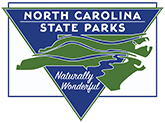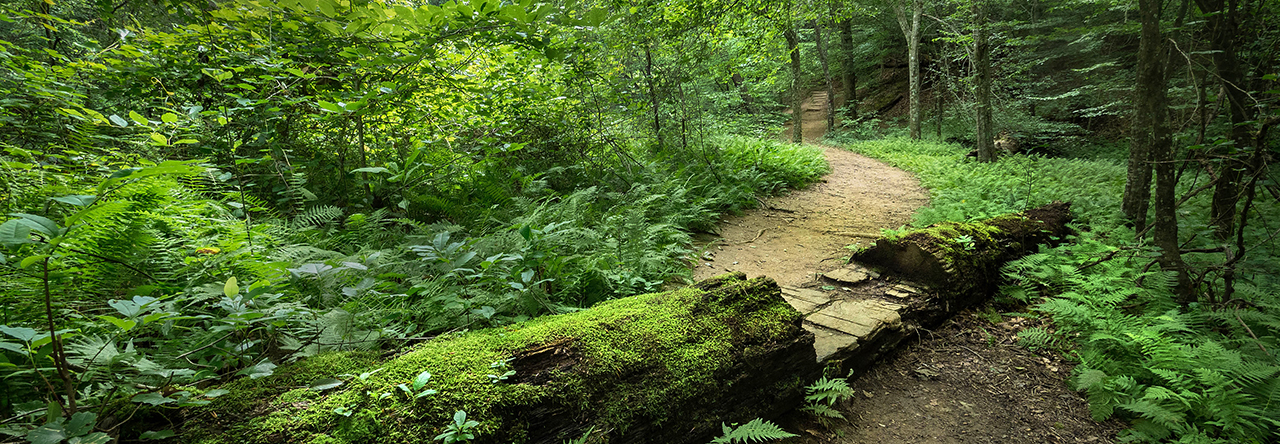Pettigrew State Park is a quiet park off the beaten path that offers its visitors a chance to get away from the everyday worries and to be immersed in natural beauty. Just seven miles from the sleepy little town of Creswell, Pettigrew is centered around a farming community of hard-working men and women. On your travels here, you will be greeted by miles and miles of beautiful farmlands that harvest crops such as corn, wheat, potatoes, and soybeans. You may feel like you are in the middle of nowhere. You may even wonder if you are lost. Sure, we hear it all the time here: “Y’all sure are ways out here…” and “There’s not much out this way!” From personal experience, the true treasures are most often times found off the beaten paths.
I had the pleasure of growing up just down the road in Columbia, NC. A great deal of my childhood was spent visiting Pettigrew State Park. My family attended fishing programs, Easter eggs hunts, and family and church picnics. We hiked and biked. In fact, much of our time here was spent playing in a large sycamore tree in the picnic area that is still here today. Many have enjoyed its wonder. I like to tell people that I don’t know what has changed… either I’ve gotten larger or the hole in that Sycamore has gotten smaller. Regardless, it’s always a joy to see people playing in my favorite sycamore tree. There are many other large and interesting trees found within the park boundaries. Many of them have lots of character and charm, like trees that you can walk into one of our many Frankenstein trees.
At Pettigrew, people will also have the chance to view a great deal of wildlife. We have a large population of black bears. The best time to view a black bear in our area is May-October. We also have an influx of winter waterfowl that visit the park November-February. Tundra Swans and snow geese have been counted in the thousands during our Annual Christmas Bird Counts. It’s amazing to see the large quantities of these incredible birds on Lake Phelps.
Visitors can also hike one of our many trails to Moccasin Overlook. This is a beautiful area to visit. Once you arrive at the overlook, you will be greeted by picturesque cypress trees, Spanish moss, and Lake Phelps. This is one of those locations within our park that you should just stop and breathe. From personal experience, make sure you stop and soak in all that this location offers. It will truly change your day!
Lake Phelps is a major highlight for people when they visit our park. Having an average depth of just 4.5 feet and clear waters, Lake Phelps is a prime spot for many to cool off in during a hot summer day. We also have the distinction of being a trophy bass lake, which makes Lake Phelps a popular place to go fishing.
As a child, I was also very interested in the historical significance of Pettigrew State Park. Because of Pettigrew State Park, I just knew that when I grew up I wanted to be an American Indian. You see, Pettigrew was once home to the Algonquin Indians. They were said to be seasonal hunters to the area. To date, 30 sunken dugout canoes have been located in the waters of Lake Phelps. Archaeological digs in the area have also located pottery shards and projectile points. Every September, Pettigrew offers 4th graders a chance to learn about the Algonquin’s home life, the animals that they hunted, pottery, projectile points, and dugout canoes. What a fascinating place to visit! You can picture my disappointment when my dad told me that being an American Indian wasn’t a job occupation. Ever since that time, I’ve wanted to be a park ranger for the State of NC. As a park ranger at Pettigrew State Park, I’m proud to work at one of North Carolina’s hidden gems.
Besides a rich Native American history, the park also has many interesting historic tales. At 16,600 acres, Lake Phelps makes up a great deal of Pettigrew. Before colonists discovered Lake Phelps in 1755, area residents called the swampy area the Great Eastern Dismal and the Great Alligator Dismal. The wilderness was so fearsome that explorers refused to enter its borders. Tradition maintains that a group of hunters ventured into this “haunt of beasts” to hunt and to look for farmland. Most of the men turned back, but just as the remaining few were about to leave, Benjamin Tarkington climbed a tree and saw the lake a short distance away. His companion, Josiah Phelps, ran into the water while Tarkington was still up in the tree. As the first in the water, he claimed the right to name it Lake Phelps.
The park itself is named after the Pettigrew family, who used to own much of the land that is now within today’s park boundaries. The original Pettigrew family plantation was named Bonarva. One of its famous family members was General James Johnston Pettigrew, who fought in the Civil War. While visiting the park, make sure you hike to the Pettigrew family cemetery and pay your respects to this influential family of preachers, farmers, and war heroes.
While here you may also wander over to Somerset Place. Somerset is a North Carolina Historic Site that offers people the chance to view 19th-century plantation living. Tours at Somerset are given by a knowledgeable and informative staff. This is always a highlight for many that visit our park.
So, if you’re wondering what Pettigrew State Park is all about, take a trip to our hidden treasure! Stop by the office for a good ole Pettigrew welcome. Once you’re here, immerse yourself in all that Pettigrew has to offer.
Written by Charlotte Davis, Park Ranger at Pettigrew State Park





Pettigrew State park is one of my three favorite NC park to camp in. Fortunately it has escaped the camping fee hikes that have had me cross of a lot of NC’s state parks from my list and that makes it doubly valuable. I’m on a fixed disability income and ten versus 20 dollars a night is a huge deal for me, and I’m grateful for the affordability of this outdoor treasure.